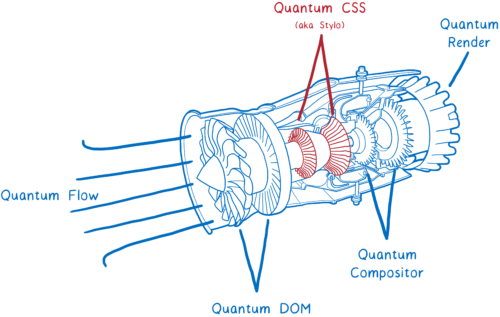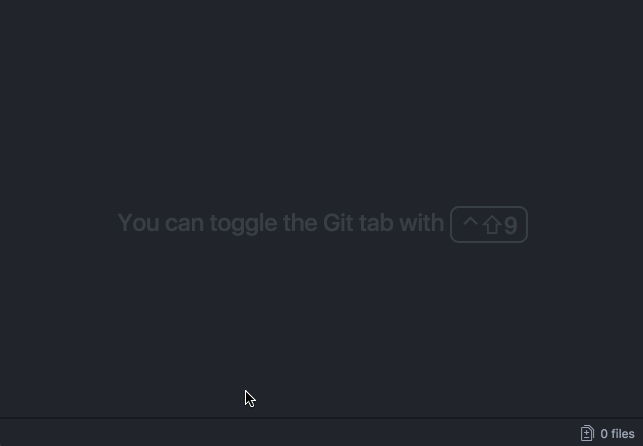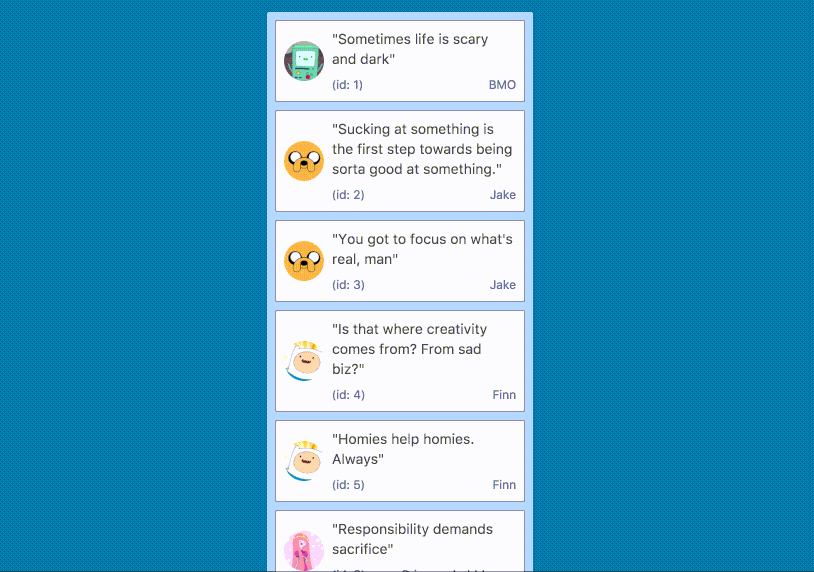Want to know how JavaScript engines work? Why JavaScript is so fast? What just-in-time compilation is? Franziska delivers this and more.  |
|
Become a data visualization engineer with React + D3v4. With React+D3v4 you’ll get started immediately right in your browser, no installation needed. Start with runnable code playgrounds, deep dive with your favorite tools. Don’t know React? React+D3v4 starts at the very beginning. Struggling with D3? Every function is explained. New to modern JavaScript syntax? React+D3v4 comes with an interactive ES6 cheatsheet. |  |
|
Stylo is the CSS engine in Firefox’s project to revolutionize the browser engine, dubbed Quantum. Lin dives deep into how CSS engines work and what makes Stylo* great. |  |
|
Delivering CSS and JS on your websites is completely different with HTTP/2, and here is a guide on how Trevor has done it. |
|
Spend less time configuring, so you can have more time building. Manifold is the best way to add logging, monitoring, databases and more to your app. Essential services for applications that matter, made by developers that care. All clouds welcome. Here’s a $25 coupon to get you started for free: PONYFOOAUG  |  |
|
Filip brings on a wild thought experiment: what would it take to extend concurrency to the entire JavaScript heap? |
|
Eric shows how to leverage custom elements to extend HTML tags, define new ones, and to create reusable web components. |
|
Quokka.js — Live Scratchpad for JavaScript, with access to your project’s files, inline reporting, code coverage, rich output formatting, automatic node packages installing, and much more. Now available in Atom editor! |  |
|
One of the hidden benefits of Progressive Web Apps is that you can start right now and roll out features incrementally, Jason says. |  |
|
Ben demystifies requestAnimationFrame and frames it as an animation tool, showing a bunch of examples along the way. |
|
Learn how to build data-intensive, cross-platform web apps leveraging more than 115 professionally tested and supported Sencha components and React. Try it for free today.  |
|
Christian helps us write more modular code with a few simple ideas. |
|
James asks whether it is a problem if React components are enormous. After all, he says, it seems a little odd to create many small components that are only used once. |
|
Alex introduces an interaction design library for drag and drop in React that prioritizes beautiful transition animations, user experience, and accessibility. |  |
|
|



Comments